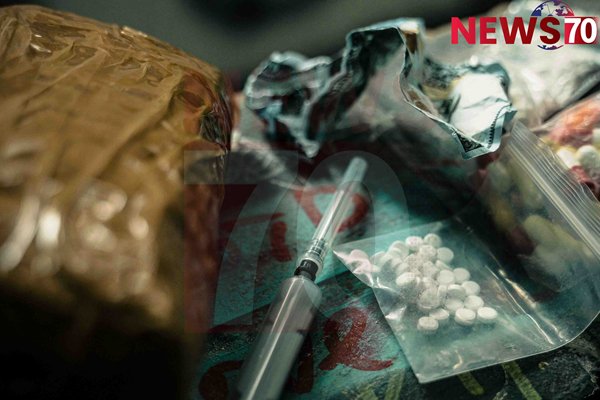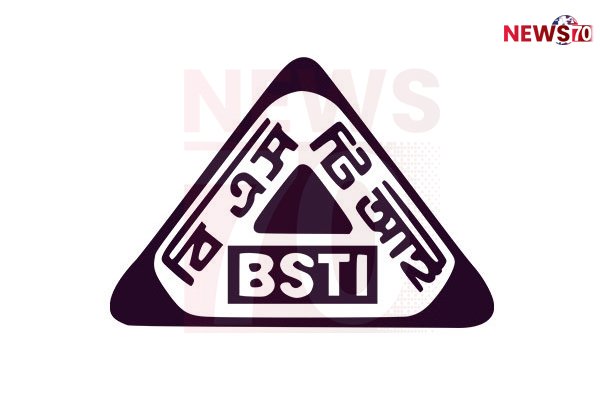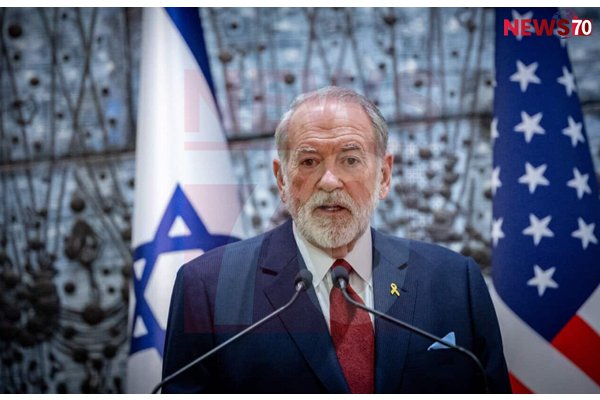After taking office for a second term, U.S. President Donald Trump imposed tariffs on Chinese goods, blaming China for the fentanyl crisis in the U.S. China has countered that the problem is primarily a U.S. “demand issue” and highlighted steps it has taken, including adding new fentanyl-related substances to its controlled list and tightening controls on nitazene. While China has reduced direct fentanyl flows, precursors are still exported to Mexican cartels, keeping the U.S. supply chain active. Experts note that China’s measures are a starting point, with enforcement and local-level implementation needed. China has seized over 1,400 tons of precursor chemicals and resolved 151 cases last year, but evolving smuggling methods continue to pose challenges.
After taking office for a second term, U.S. President Donald Trump imposed tariffs on Chinese goods, holding China responsible for the severe flow of the drug fentanyl into the United States. However, Beijing stated that the fentanyl crisis is purely a U.S. problem and claimed that China has already made "significant progress" on the issue.
According to a CNN report, China said it is willing to work jointly with the U.S. on an equal basis but warned that it would not tolerate "pressure, threats, or blackmail."
Amid this situation, last month China added two more fentanyl-related substances to its controlled list, further strengthening its stance in line with international standards. At the same time, China also tightened controls on another drug component called nitazene.
China’s Minister of Public Security, Wang Xiaohong, told U.S. Ambassador David Pardue that China is ready to cooperate on drug control.
The U.S. believes that China remains a major source of precursor chemicals used in illegal fentanyl production. Although China classified fentanyl as a controlled substance in 2019—significantly reducing direct fentanyl flows from China to the U.S.—criminal networks have adopted new tactics. Chinese companies now sell fentanyl precursors to Mexican drug cartels, which then smuggle the drugs into the U.S.
Experts say that while China has taken many steps on this issue, more needs to be done, as many critical precursor chemicals still originate from China’s chemical industry.
However, analysts believe China took these steps due to the Trump administration’s new tariffs and may be seeking trade negotiation advantages in return.
Last year, a U.S. Congressional report accused the Chinese government of encouraging the export of illegal drug precursors through tax incentives. China denied these allegations and accused the U.S. of "creating problems."
Chinese officials argue that drug abuse is very limited in their country and that the problem is primarily an internal U.S. issue—a "demand problem," not a supply one.
Hua Zhendong, deputy director of a drug analysis center under China’s Ministry of Public Security, said the real solution to the fentanyl crisis lies in reducing drug demand in the U.S. He explained that the number of chemicals usable for fentanyl production is vast, making a blanket ban nearly impossible.
"It’s like a cat-and-mouse game. Criminals can switch to new chemicals to make the same drug. So we can only chase after them; stopping everything beforehand is difficult," he said.
Experts say China’s new measures are important but just a starting point. What’s needed now is stricter enforcement and local-level implementation of these regulations.
China’s drug control authorities seized over 1,400 tons of precursor chemicals last year and resolved 151 related cases. However, a recent Chinese report noted that smuggling methods for these chemicals are constantly evolving, creating new challenges.










